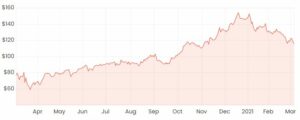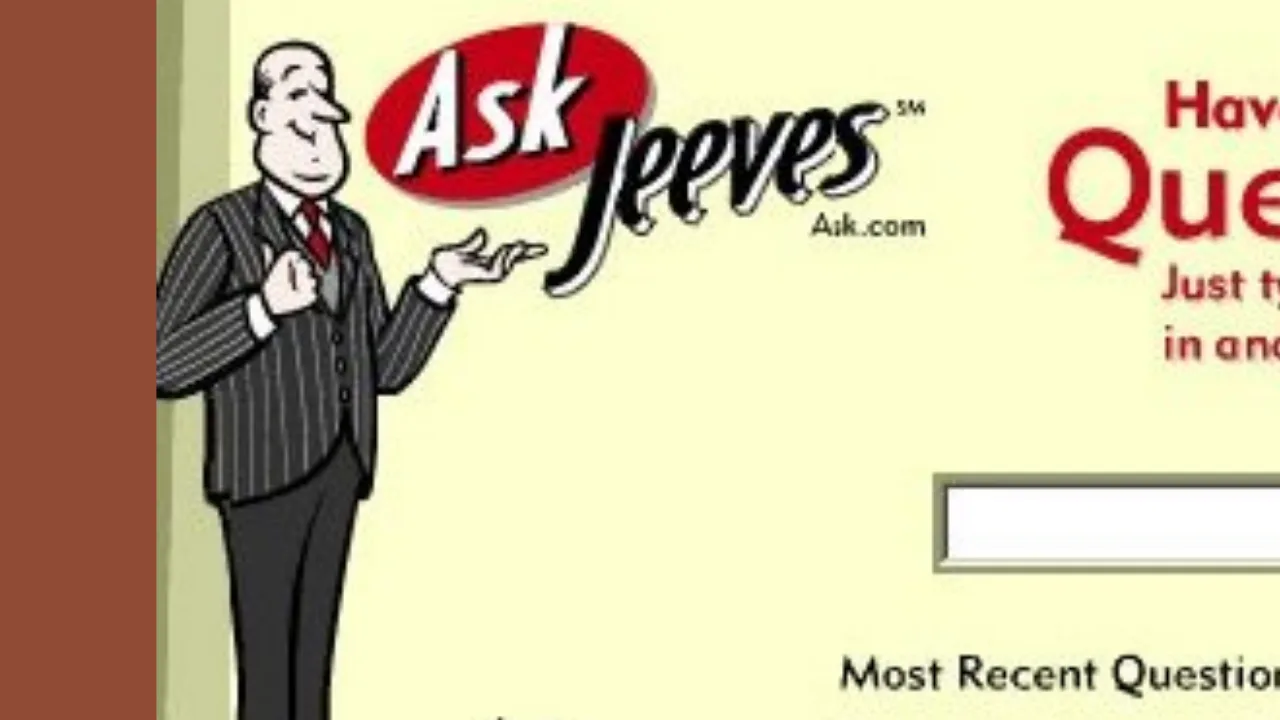Shares in cloud-based accounting software company Xero Limited (ASX: XRO) have fallen another 3.3% today. This means that since December last year, the Xero share price is down by roughly 28% from its highs of around $155 per share.
XRO share price chart

Why is the Xero share price falling?
Rather than Xero’s financial or operational performance being factors, it’s more broadly due to further rises in yields on the 10-year US Treasury note, which is causing growth stocks to take the brunt of the reaction rather than more defensive industries.
Are Xero shares good value today?
With that in mind, does this mean that Xero shares represent good value at today’s levels? Even after this most recent pullback, Xero shares are trading on a forward price-to-sales (P/S) ratio of just over 19x based on consensus revenue estimates.
I wouldn’t discount buying Xero shares today simply because they look expensive on a basis such as this. And I distinctly remember hearing many investors/commentators having the same criticism even when the stock was trading around $40 a couple of years ago.
What’s to like about Xero
Xero’s most popular plan for its small business customers is still only $26 per month for the first three months, which then reverts back to $52 per month from then onwards. While the company continues to expand into new and existing markets, the priority still seems to be a continual landgrab for new customers, which further reinforces its network effects through its scale advantage.
One aspect of the bull case here is that there’s some untapped pricing power once the company eventually matures out, where even just a slight price hike could significantly magnify the broader effect on total revenue.
While I don’t think switching costs are extremely high in Xero’s case, I don’t think they’re non-existent either.
There’s nothing stopping a customer from using a competitor’s product. But as the business grows, collects more data, and uses this data to tailor to individual needs and offer a broader range of products, this is a switching cost in itself, as the consumer forgoes all of these benefits by moving to a competitor.
Do Xero’s acquisitions make sense?
As mentioned earlier, growing its userbase continues to be a priority for Xero that will be a driving factor in the long-term story.
Some of its recent acquisitions appear to complement its primary product well and should give Xero the opportunity to cross-sell products, which will have a positive effect on metrics like Lifetime Value (LTV) – the gross margin expected from a subscriber over their lifetime – as well as Average Revenue Per User (ARPU).
You can learn more about software-as-a-service (SaaS) metrics like these in the Rask Education article below:
https://education.rask.com.au/2020/02/12/saas-valuation-multiples-video-explainer-example/
Xero’s most recent acquisition of Planday seems to be a good example of this. It’s an open platform that can be integrated with Xero that delivers a real-time view of staffing needs and payroll costs. Planday currently operates in various countries in Europe and in the UK, but in particular, Scandinavia and continental Europe, where Xero doesn’t have an accounting presence at the moment.
A note out of Goldman Sachs estimates that the total addressable market (TAM) in Denmark, Norway, Germany and France is roughly 6.2 million subscribers and NZ$1.5 billion. Therefore, this could represent a large future growth runway as Xero expands in new markets while also building out its app ecosystem through other acquisitions Waddle and Hubdoc.
The Planday acquisition is expected to contribute roughly NZ$30 million per year in revenue, but I think part of the real value here is the expansion into new regions, which could provide another leg up to further consolidate itself as a global leader.
Would I buy Xero shares today?
As the world continues to push through a vaccine-led recovery, there’s a potential reopening play here that could see Xero as a beneficiary of the situation. As economies come out of a recession, businesses will be created and re-emerge from periods of inactivity, which could provide a greater need for cloud-based accounting services and a nice tailwind for Xero over the coming years.
It’s important to note that everything I’ve just mentioned is clearly a potential bull case for Xero. With shares priced at over 19x forecasted sales, it could definitely be argued that the valuation implies a fairly blue-sky scenario where the business’s execution must be perfect along the way for the valuation to still make sense.
For that reason, I’d be happy to start building a position in Xero and either average up or down as management continues to update the market on its progress in the coming years. Xero is expected to release its FY21 result on 13 May 2021.
In the meantime, for some other shares ideas, click here to read: 2 ASX tech shares I’m watching in March.











